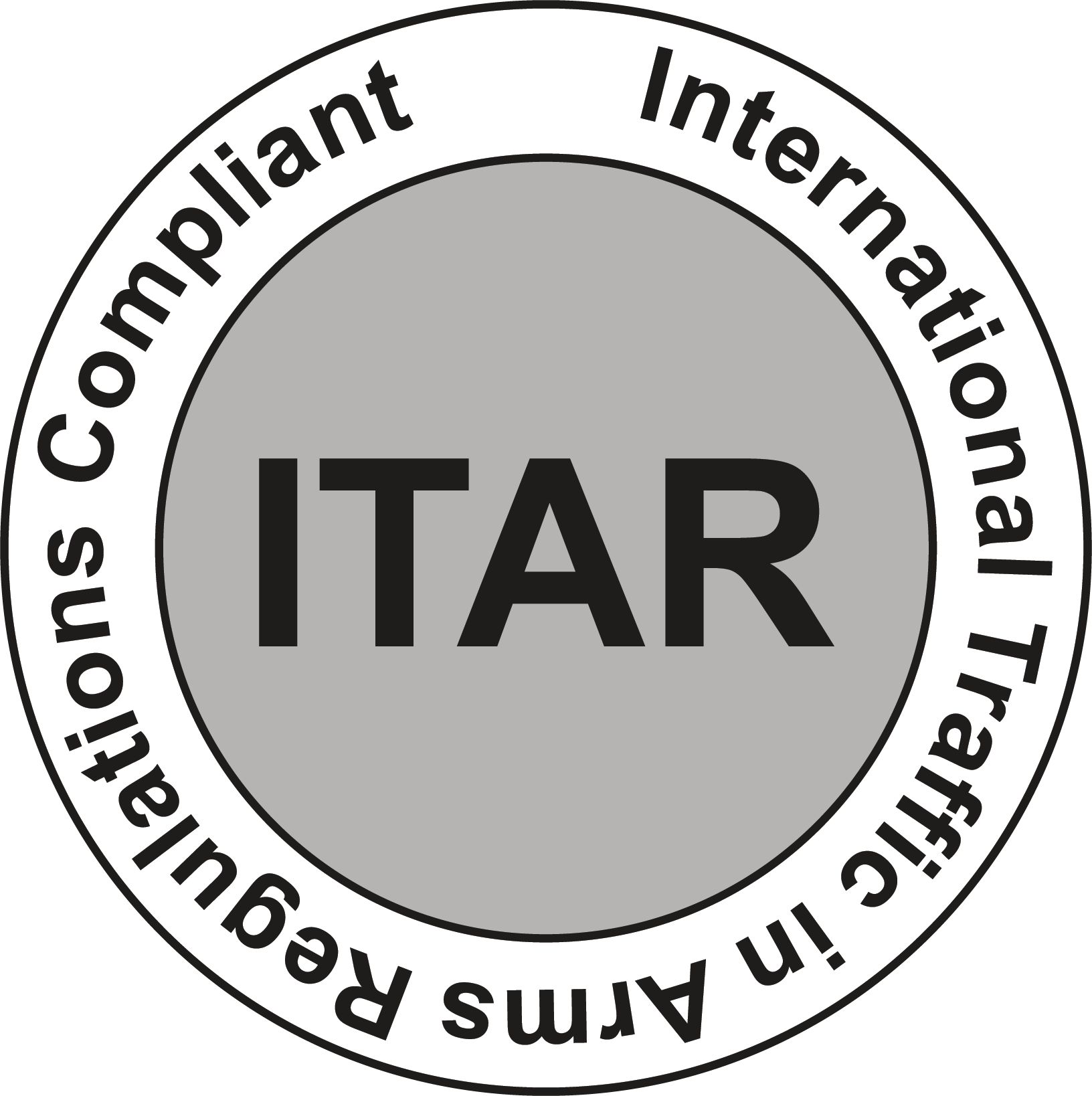ASTRONOMY AND ANDOVER THROUGH THE YEARS
With almost 45 years of experience in the optical filter Industry, Andover Corporation has played a vital role in a large number of prestigious astronomical and space borne projects supplying some of the best image quality filters on the market. Below are just some of the projects we have been fortunate enough to be a part of:
Launch Date (Preliminary Acceptance Chile): 2019
MatISSE (Maturation of Instruments for Solar System Exploration) is the most powerful interferometric instrument in the world at mid-infrared wavelengths. It will use high-resolution imaging and spectroscopy to probe the regions around young stars where planets are forming as well as the regions around supermassive black holes in the centers of galaxies. See further updates on this project.
Launch Date: Nov 18th, 2017
MiRaTA (Microwave Radiometer Technology Acceleration) is a NASA funded shoe box sized CubeSat designed to demonstrate that a small satellite can carry instrument technology that’s capable of reducing the cost and size of future weather satellites and has the potential to collect reliable weather data.
Launch Date: June 28th, 2013
The IRIS (Interface Region Imaging Spectograph) mission is dedicated to understanding the interface between the photosphere and corona, by tracing the flow of energy and plasma through the chromosphere and transition region into the corona using spectrometry and imaging. See further updates on this project.
Launch Date: June 15th, 2010
SODISM (Solar Diameter Imager and Surface Mapper) is an instrument on the PICARD satellite withan investigation dedicated to the simultaneous measurement of the absolute total and spectral solar irradiance, the diameter and solar shape, and to the Sun's interior probing by the helioseismology method. These measurements obtained all along the mission will allow the study of their variations as a function of the solar activity.
Launch Date: May 26th, 2010
SOFIA (Stratospheric Observatory for Infrared Astronomy) is the successor to the Kuiper Airborne Observatory. During 10-hour, overnight flights, it observes celestial magnetic fields, star-forming regions, comets, nebulae, and the galactic center. On October 26th, 2020 the SOFIA continued to amaze us with the discovery of water on the Moon. See further updates on this project.
Launch Date: February 11th, 2010
HMI’s (Helioseismic and Magnetic Imager) primary goal is to study the origin of solar variability and to characterize and understand the Sun’s interior and the various components of magnetic activity.
Launch Date: April 24th, 1990
HUBBLE (Named after Astronomer Edwin Hubble) The Hubble Space Telescope is a space telescope that was launched into low Earth orbit in 1990 and remains in operation. It was not the first space telescope, but it is one of the largest and most versatile, well known both as a vital research tool and as a public relations boon for astronomy. See further updates on this project.








